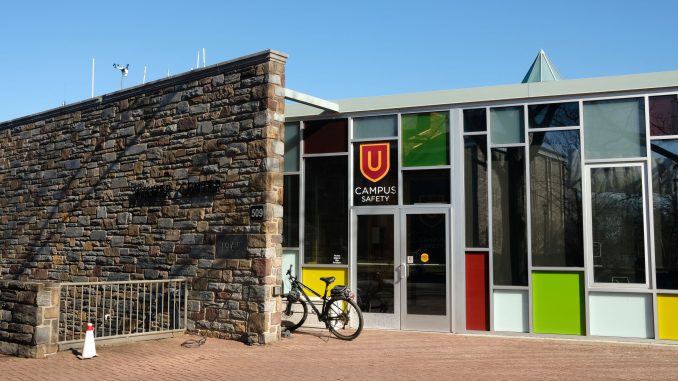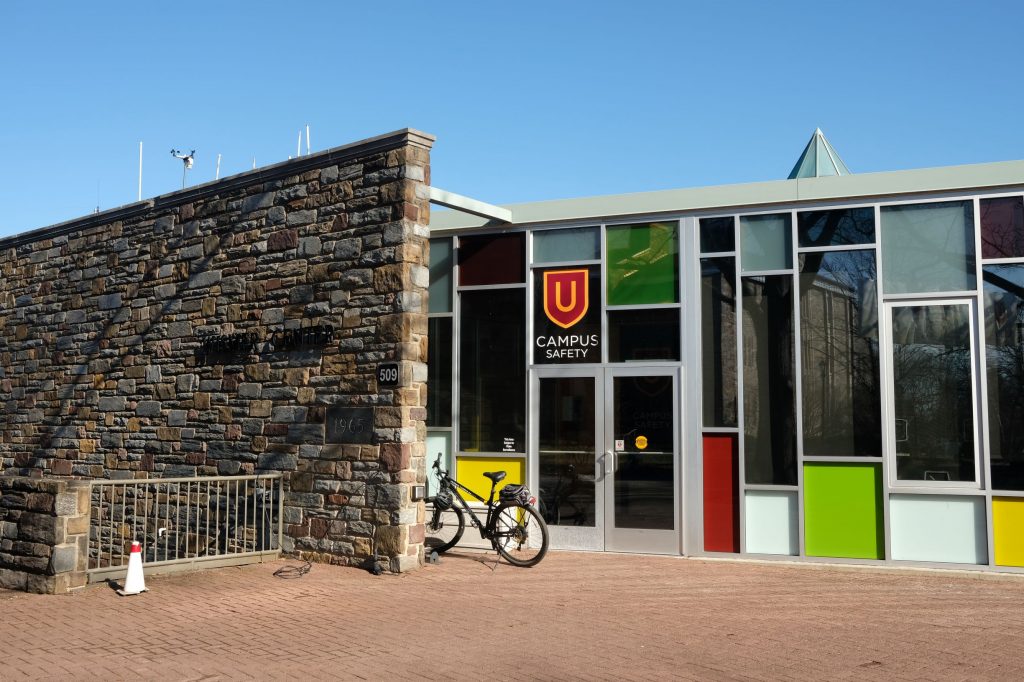
Ava Compagnoni, avcompagnoni@ursinus.edu

Many colleges in America have emergency blue lights scattered around their campuses, which help their students to feel safe. Blue lights are security tools that are meant to act as a safety precaution in pub lic areas, creating a highly visible and accessible way to reach campus safety or if needed, law enforcement. Ursinus’ campus safety can only be reached by a phone call (or other phone based methods, such as an app). What happens in cases when a student’s phone is dead? They are forced to take the risk walking from the IDC or Ritter all the way back
to their residence or vice versa. While Ursinus is a small campus, there should be a stronger push here for a few blue lights on campus, and specifically Main Street. Most of the recent disturbances have
involved people unaf filiated with the school, which presents the additional challenge to the college of ensuring safety on Main Street, where there is technical ly “on-campus housing” off of the campus bubble. But these incidents can be serious — remember the almost-kidnapping from last year. I propose a blue light at each resi dence hall, plus a couple spread out through the
Main Street houses. Why should Ursinus allow its name to continually get dragged through the mud of being called an unsafe campus? The officers at campus safety have a devotion to this school, let’s help them out.
If Ursinus cannot afford the blue lights, perhaps enhancing the mobile app needs to become a priority. Perhaps allow students traveling across campus to set a safety timer: if the user does not arrive at the location within the designated timeline, the app will notify a campus safety team. An enhanced app could also provide first responders
with critical location-da ta during an emergency, giving the tool another advantage over blue light boxes. Perhaps if campus safety worked with a more advanced technology and security reinforcements, incidents such as the three recent disturbances would be less of an issue.
